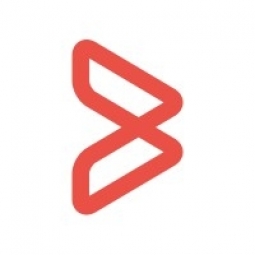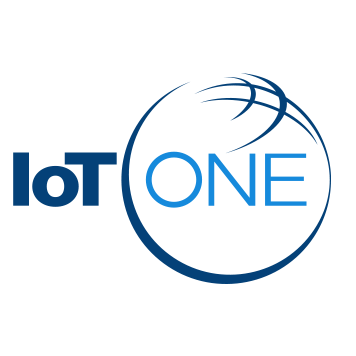Overview
This profile is not managed yet, if you would like to manage
this profile, please contact us at team@iotone.com
this profile, please contact us at team@iotone.com
 |
BMC |
| United States | |
| Houston | |
| 1980 | |
| Private | |
| $1-10b | |
| 1,001 - 10,000 | |
| Open website |
IoT Snapshot
Technology Stack
Case Studies
Number of Case Studies3
|
The Dramatic Mainframe Conversion of Mike Wells
Mike Wells, the Director of Software Development at Ameritas, a mutual life and health insurer with $35.6 billion in assets, was tasked with helping the company achieve competitive advantage in an increasingly digital marketplace. However, he faced a significant challenge. The majority of Wells’ software development experience was on distributed platforms; yet about 70% of his developer workforce at Ameritas was mainframe focused. Coming from a background where automation and visibility were at the forefront of every Java developer, he realized that this presented a challenge in the mainframe arena. Wells was skeptical about whether their tools and processes could provide the speed and agility Ameritas needed to thrive in a fast moving digital marketplace. |
|
|
IMT Leverages Compuware Solutions to Facilitate Mainframe Transition
The IMT Group, a leading Midwestern P&C insurer, heavily relies on its mainframe for core applications. However, the mainframe application environment is in transition. The company's mainframe transition strategy has two key objectives. One is re-platforming select applications, a process that requires intensive analysis of current mainframe code. It requires complete and accurate identification of “dead code”—sections of applications that have lapsed into disuse over the years, but remain present in source code. The other key objective is converging mainframe and non-mainframe environments. This convergence is taking place because of how the company’s newer web- and mobile-based applications depend on back-end mainframe resources. Both of these strategic objectives require developers to have clear, complete visibility into the structure and runtime behaviors of highly complex mainframe applications that have undergone a lot of change over the years and are not always well-documented. |
|
|
Topaz is Key for Insurance Company to Manage Complex Mainframe Code
Physicians Mutual, an insurance company, was struggling with the management of millions of lines of complex mainframe code. The lack of documentation and tools to manage this code led to long development cycles, preventing the company from capitalizing on critical business opportunities. The complexity of the mainframe code and the absence of tools to manage it resulted in missed opportunities to capitalize on immediate business interests. The company needed a solution that would help them understand and manage their complex applications, speed up maintenance and development cycles, and attract and retain top developer talent. |



